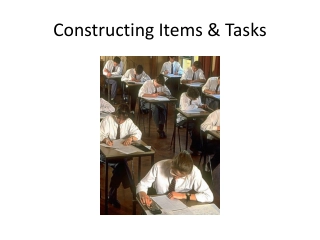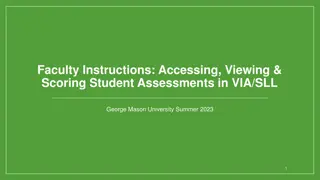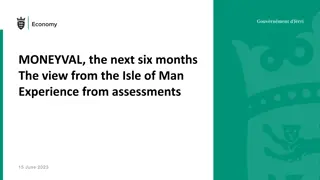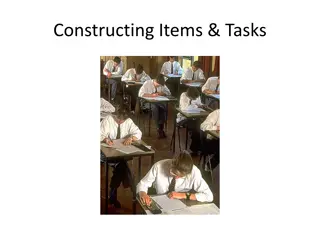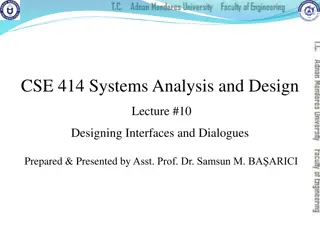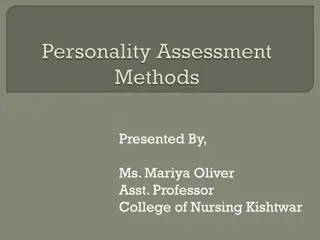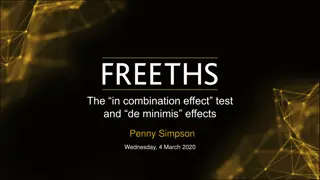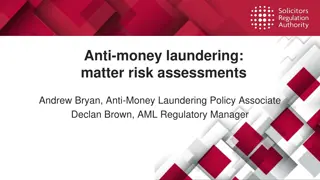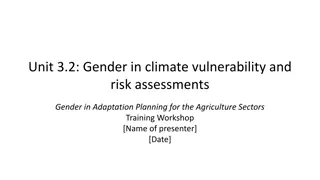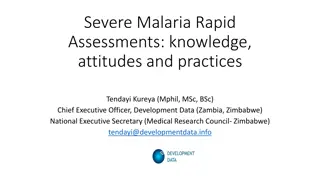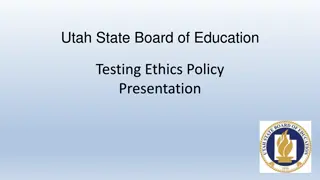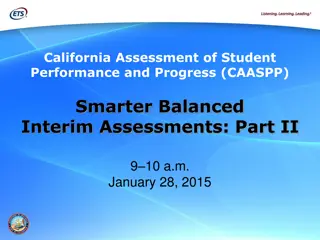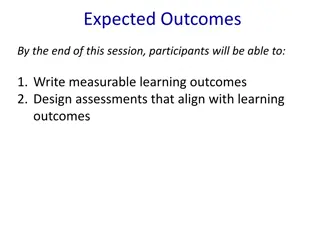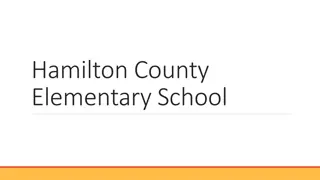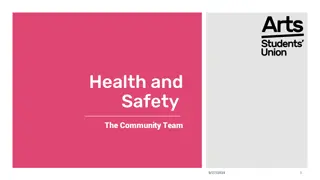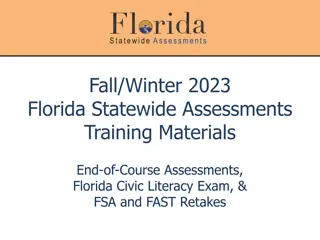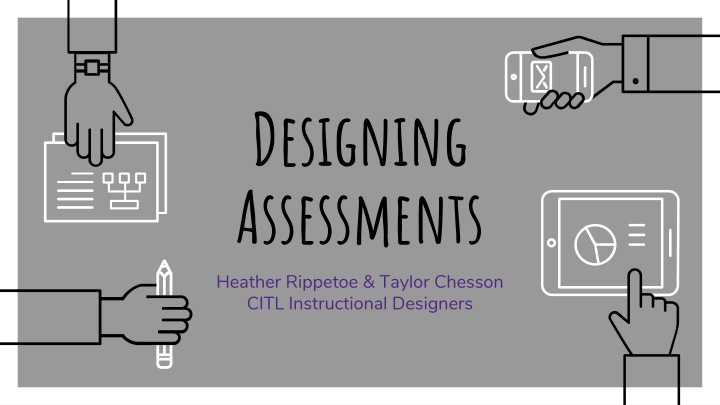
Effective Assessment Design Strategies for Instructional Designers
Explore key takeaways on types of assessments, alignment, and implementing effective assessment tools for students to demonstrate competency over time. Learn about formative and summative assessment examples, tools, and the importance of alignment in curriculum mapping.
Download Presentation

Please find below an Image/Link to download the presentation.
The content on the website is provided AS IS for your information and personal use only. It may not be sold, licensed, or shared on other websites without obtaining consent from the author. If you encounter any issues during the download, it is possible that the publisher has removed the file from their server.
You are allowed to download the files provided on this website for personal or commercial use, subject to the condition that they are used lawfully. All files are the property of their respective owners.
The content on the website is provided AS IS for your information and personal use only. It may not be sold, licensed, or shared on other websites without obtaining consent from the author.
E N D
Presentation Transcript
Designing Assessments Heather Rippetoe & Taylor Chesson CITL Instructional Designers
Agenda: Key Takeaways: 1. Types of Assessments 2. Alignment 3. Implementing Effective Assessments 4. Assessment Tools Students must have multiple opportunities over time to demonstrate competency. Assessments must be manageable for faculty to provide feedback. 2
1. Types of Assessments Formative and Summative
Formative Assessment Overview Goal: Monitor Student Learning Provide Ongoing Feedback Instructors improve teaching. Students improve learning. Lower Stakes Quick Check-In 4
Formative Assessment Examples Frequent knowledge checks Chunking milestone tasks Spreading larger exams into multiple, shorter assessments Reflection Questions Repeated-attempt quizzes 5
Formative Assessment Tools iLearn Quizzes Discussion Boards Checklists Reflection & Knowledge Checks PollEverywhere Qualtrics MS Forms FlipGrid 6
Summative Assessments Overview Carefully aligned with learning goals Higher stakes/greater percentage of overall course grade Demonstration of higher degrees of competency 7
Summative Assessments Examples "Locally designed" (Suskie, 2009) final exams Essays Presentations of information Observation of student performance/behavior Final project products Portfolios 8
Summative Assessments Tools iLearn Assignments 9
2. Alignment Curriculum Mapping & Backwards Course Design
Backward Design Model How many assessments do I need? 1 2 3 Determine Learning Goals & Objectives Plan Plan Learning Activities Assessments To Establish What learners should know & be able to do by the end of the course Transfer of knowledge to other challenges That are That Ongoing High & Low Stakes Aligned with learning goals/objectives Of varying types Are minds-on & hands-on Encourage exploration Align with learning goals/objectives 11 And to: Such as: And: Distinguish Need to know and Nice to Know Clarify for students the purpose of the course content Use textbook as a reference, not a syllabus Problem or case analysis Major and minor course projects Synthesizing information through reflections/discussions Quizzes & tests (Source)
Curriculum Mapping 12 The Online Course Mapping Guide Curriculum Map Example This Photo by Unknown Author is licensed under CC BY-SA-NC
3. Implementing Effective ASsessments Student Voice & Good Measures
"For major grades, it's important for me to have smaller parts of the assignment due throughout the semester so I can get feedback as I go." TTU Student Response 14
Manageable Time Content Frequent feedback prior to exam Quizzes Homework In-Class Examples SGID Themes 15
A really good assessment question doesn t look that different from a really good instructional activity. (Pelligrino, 2015) Engages the student Forces them to think and reason Offers opportunities to show what they know Provides challenges that shouldn t be impossible Allows students to learn something by solving/answering Demonstrates ability to provide evidence for process What makes an assessment a good measure of student understanding? 16
4. Grading Tools Rubrics, Video Grading, & Types of Feedback
18 What does a rubric look like?
Rubrics Benefits for students Understand expectations Self-evaluate Benefits for instructors Clarify vague, fuzzy goals Grade items faster Existing resources Create an Analytic Rubric [Video] Create a Holistic Rubric [Video] Add a Rubric to an Existing Activity [Video] Create a Weighted Rubric [Video] 19
Video Grading Supports instructor-student interaction Humanizes assessment A pilot study using a qualitative approach has indicated that students prefer screencast assessment because of its multimodality and its ability to make the instructor s thought process while grading transparent (Harris & Greer, 2021; Vincellette, 2013) Can be quicker for the instructor 20
Feedback Self-Evaluation vs. Self-Grading Evaluation: Using judgment to evaluate their own work as well as the process that led them to the final product. Grading: Marking one s own work against a set of criteria provided by instructor Peer-Evaluation Instructor-Evaluation 21 (Source)
Feedback Self-Evaluation vs. Self-Grading Peer-Evaluation Students assess peer s work prior to submission have their own work checked by peers. Allows students to take ownership and work through the process of learning Watch for biased evaluations! Set up system of evidence-based evaluation Instructor-Evaluation 22 (Source)
Feedback Self-Evaluation vs. Self-Grading Peer-Evaluation Instructor-Evaluation Traditional Evaluation Based on rubric or pre-determined and unbiased grading system If using the three tiers of evaluation, the instructor should be able to spend less time on corrections. 23
References THANKS! Assess Teaching & Learning. (n.d.). Eberly Center - Carnegie Melon University. Web Address. Fisher, M. R. (n.d.). Student Assessment in Teaching and Learning. Vanderbilt University. Web Address. Harris, H.S. & Greer, M. (2021). Using multimedia for instructor presence in purposeful pedagogy-driven online technical writing courses. Journal of Technical Writing and Communication. Web Address. Hartley, B. & Cha, A. (2022). Mapping Your Course. The Online Course Mapping Guide. Web Address. Real Learning for Real Life. (2015). What does a good assessment look like in the eyes of a student? [Video]. YouTube. Web Address. Suskie, L. (2009). Assessing Student Learning: A Common Sense Guide. 2nd ed. Jossey Bass. Vincelette, E.J. & Bostic, T. (2013). Show & tell: Student and instructor perceptions of screencast assessment. Science Direct. Web Address. Any questions, comment, or concerns? 24


